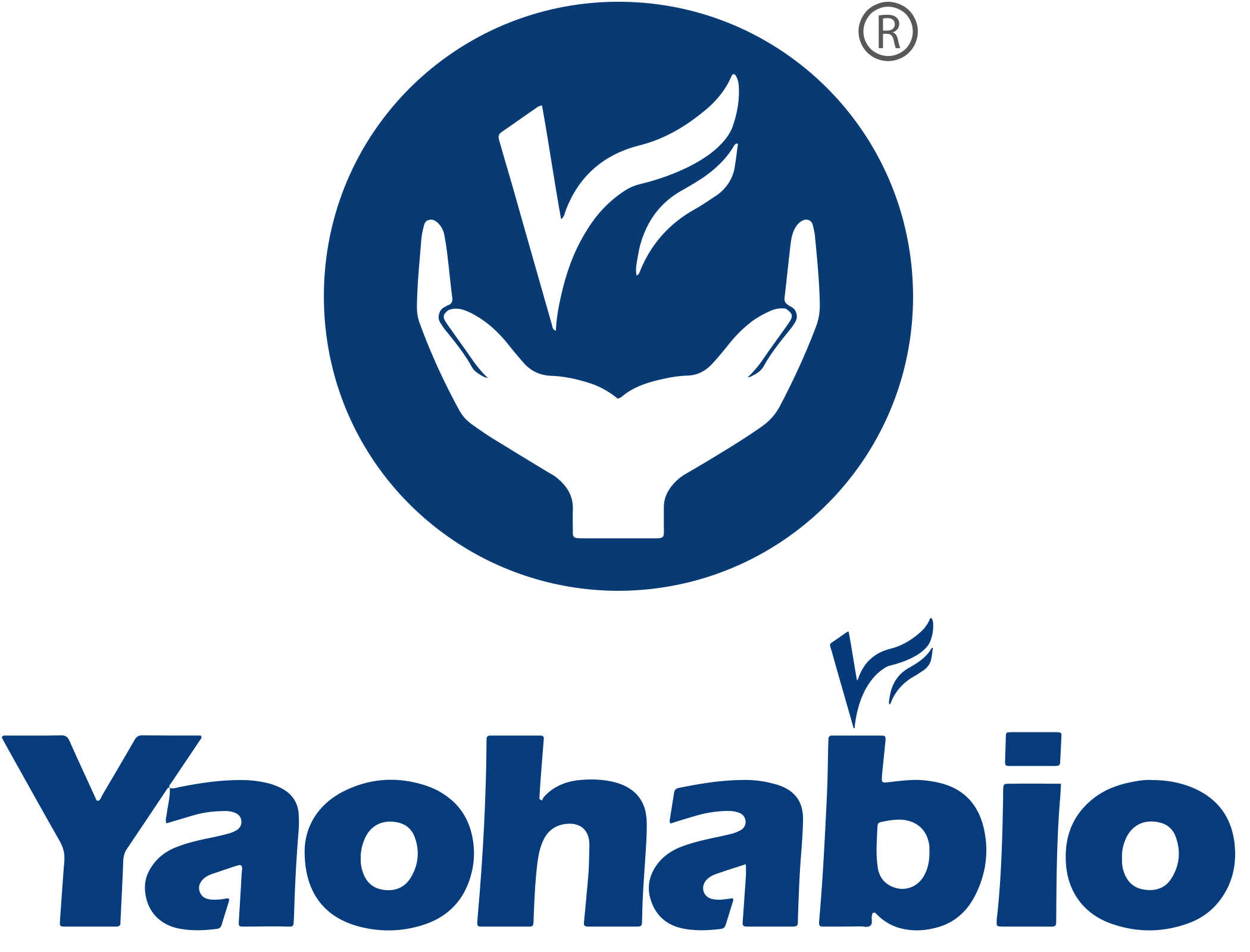The Hepatitis B virus (HBV) is the cause of the liver illness known as hepatitis B. Additionally, it spreads through bodily fluids like blood. According to WHO estimates, 1.5 million new cases of chronic hepatitis B infection occur year, impacting 296 million people worldwide. Hepatitis B is a transient disease. For others, it may develop into a chronic, long-lasting infection that raises the risk of major, even fatal health problems including liver cancer or illness.
The icosahedral, enclosed virus known as mature HBV has a circular double-stranded DNA (dsDNA) genome. Hepatitis B surface antigen (HBsAg), hepatitis B core antigen (HBcAg), and hepatitis B envelope antigen (HBeAg) are antigens that are part of HBV. There are three different types of hepatitis B viral proteins: small (S), medium (M), and large (L). HBsAg is the first protein to be identified. The active component of recombinant vaccinations against hepatitis B is recombinant HBsAg.
The primary structural protein of the HBV icosahedral nucleocapsid, HBcAg, is involved in the virus's reproduction. The test for Hepatitis B core antibody (anti-HBc or HBcAb) uses recombinant HBcAg.
HBeAg is regarded as "nonparticulate," secreted, and accumulates in serum. It is located between the icosahedral nucleocapsid core and the lipid membrane. The same reading frame is used to create both HBcAg and HBeAg.
Application of HBV (HBV) Antigen
HBsAg in HBV Vaccine
Based on the efforts of Bulmberg who discovered the Australian Antigen and was awarded the Noble Prize, the first generation of HBV vaccines was approved in 1981. The Australian Antigen, called hepatitis B surface antigen (HBsAg) now, was found in the sera of infected patients and made as a unique vaccine through direct derivation of HBsAg from human carriers.
However, the blood-derived vaccine was replaced in 1986 by a modified recombinant HBsAg produced using recombinant DNA methods and in yeast cells out of biosafety concerns.
Recombinant HBV vaccines (second generation) were initially produced using a yeast system. Existing yeast-derived HBV vaccines are based on the self-assembly of HBsAg monomers into virus-like particles (VLPs). Purified yeast-derived HBsAg has been reported to present VLPs of ∼22 nm. And 60% to 70% of the formed HBsAg VLPs consist of HBsAg monomeric proteins, with the remainder containing lipids. In summary, the resulting VLPs are highly immunogenic, elicit potent neutralizing antibodies, and are a safe vaccine that does not contain any viral genome.
HBsAg in Anti-HBs Testing
Being an antibody against the HBsAg, Anti-HBs, also known as anti-HBsAb, can be tested after the vaccination or infection of hepatitis B to evaluate the effectiveness of vaccine or to track disease progression after HBV infection. It indicates from a “positive” or “reactive” anti-HBs (or HBsAb) test that the patient is under protection from the hepatitis B virus. The results from a positive anti-HBs (or HBsAb) test show that the patient is "immune" and protected from infection by the hepatitis B virus.
Architect Anti-HBs Assay Kit, developed by Abbott, was used to test Anti-HBs present in human serum and plasma and comprise recombinant HBsAg subtypes ad as well as ay (produced in Escherichia coli) coated Microparticles with protein stabilizers in Tris buffer.
HBcAg in Anti-HBs Testing
Studies have shown that transfusion of blood positive to antibodies to hepatitis B core antigen (anti-HBc) while negative to HBsAg, also leads to hepatitis development in some recipients. Therefore, the detection of whole blood and components for anti-HBc contributes that are designed for transfusion can reduce the incidence of transfusion associated hepatitis B infection and thereby improve the safety of the blood supply.
Alinity anti-HBc kit was developed by Abbott, which is designed for the qualitative detection of anti-HBc antibodies in human serum and plasma specimens. The kit contains recombinant HBcAg manufactured by E. coli. A "positive" or "reactive" anti-HBc (or HBcAb) test result shows the past or present hepatitis B infection. As opposed to surface antibodies, core antibodies do not protect against the hepatitis B virus.
Yaohai Bio-Pharma Offers One-Stop CDMO Solution for HBV Antigen

 EN
EN
 AR
AR
 HR
HR
 CS
CS
 DA
DA
 NL
NL
 FI
FI
 FR
FR
 DE
DE
 EL
EL
 IT
IT
 JA
JA
 KO
KO
 NO
NO
 PL
PL
 PT
PT
 RO
RO
 RU
RU
 ES
ES
 SV
SV
 IW
IW
 ID
ID
 LV
LV
 LT
LT
 SR
SR
 SK
SK
 SL
SL
 UK
UK
 VI
VI
 ET
ET
 HU
HU
 TH
TH
 TR
TR
 FA
FA
 AF
AF
 MS
MS
 BE
BE
 MK
MK
 UR
UR
 BN
BN

